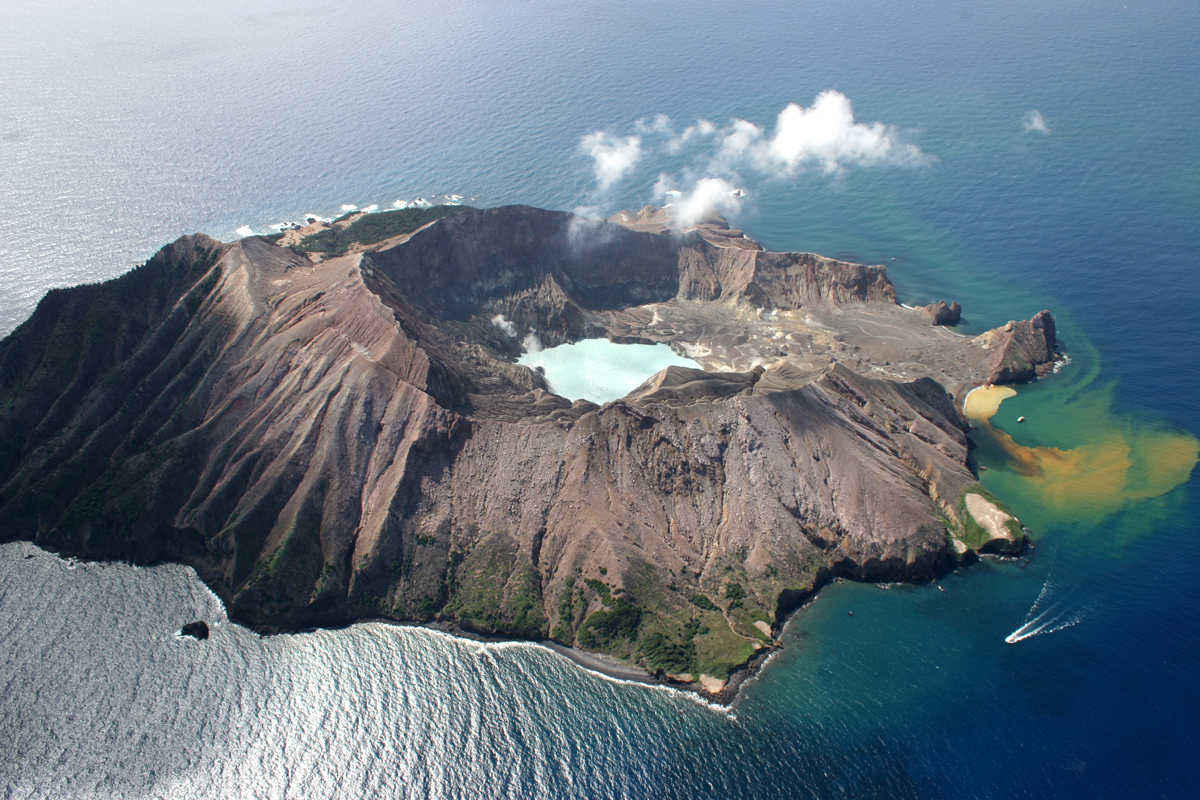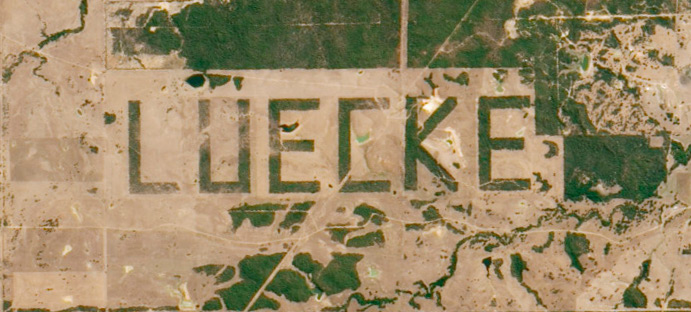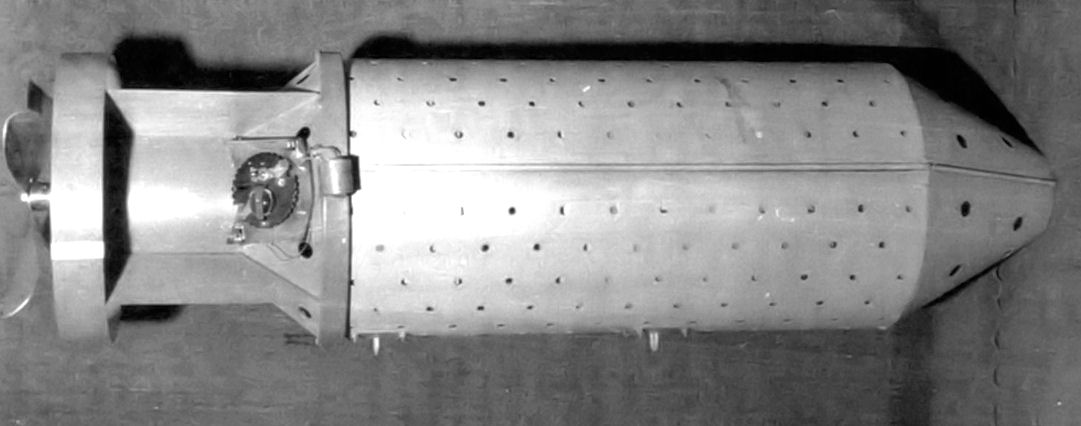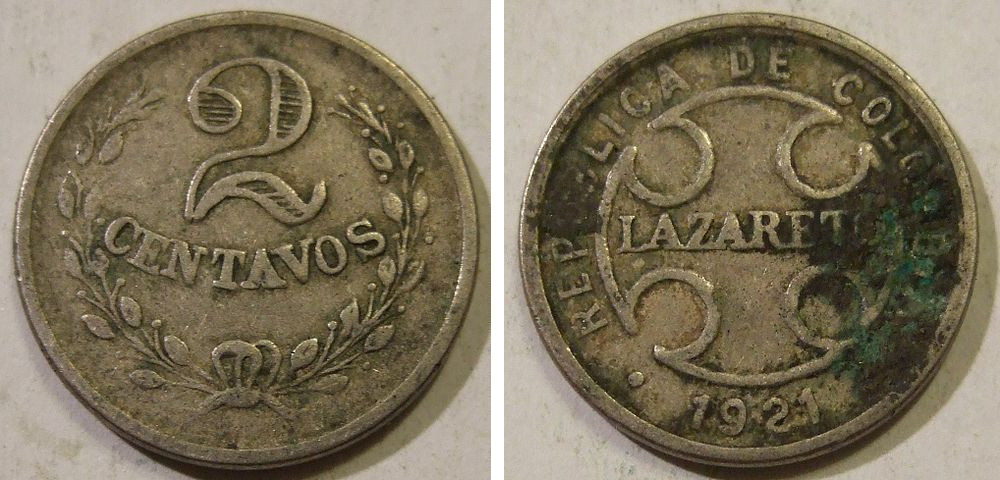The world’s shortest St. Patrick’s Day parade starts at 11 a.m. today in the Village of Carmangay in Alberta. It should be over by 11:02.
Mayor Kym Nichols told the Calgary Eyeopener, “About 32 years ago, the owner of the hotel, who was Irish, came over to the village office with his shillelagh stick on St. Paddy’s Day and said to the mayor at the time, ‘Why don’t you come across and have a beer with me for St. Patrick’s Day?’ And that started it.”
The Carmangay parade covers less than 100 meters, but Hot Springs National Park in Arkansas holds a 29-meter parade that starts at 7:30 tonight. Presumably there are also quantum parades that are too short to measure.
(Thanks, Dan.)
04/10/2021 UPDATE: Alas, the hotel has now burned down.




